Download
The Situation
The Challenge(s)
- What time will you arrive at your final destination?
- Write a narrative where you explain to a friend what happened on your drive including:
- the time you left each stop
- how long it took to get to the next stop
- the time you arrived there
- how long you stayed at the stop
- what you did while you were at the stop
- any additional details to make your story more realistic or interesting.
Question(s) To Ask
- What is a guess for when you will arrive at your final destination that is too early?
- What is a guess for when you will arrive at your final destination that is too late?
- What is your best guess for when you will arrive at your final destination?
- What factors may affect your answer’s accuracy?
- How can you tell when you will arrive at your next destination?
Consider This
- Traffic – I Photoshopped the images so that all of them have green traffic icons (which signify little to no traffic). In reality, traffic changes continually so if this comes up I recommend making the assumption that there is no traffic during this trip. Alternatively you could have students factor in traffic and add in either a flat amount like 30 additional minutes or a rate such as 5 additional minutes of traffic for each hour of anticipated driving time.
- Time waiting at each stop – Each of the three scenarios have two to three stops before you reach the final destination. How you deal with the time spent at each stop is worth discussing. Will your class assume that this is a place you can drive by and not have to stop (zero additional minutes)? Will your class assume that when you get to each stop you looked around, ate, or went sightseeing (??? additional minutes)?
- Start time – I have intentionally erased the time from the screenshots. That way there is flexibility to define a start time such as we will leave: “right now”, “at 10 am”, “in 1 hour”, etc.
There are some inconsequential issues with the maps that you should know about ahead of time so you can address them if they come up. For example, most of the screenshots come from routes that were in progress and not just beginning. So, a student might ask why the route began on the middle of the freeway. Also, some shots might be in similar locations even though they drove away from that location for an hour.
Consider using the Easy scenario first and the Medium and Hard scenarios as the extensions.
What You'll Need
Easy
- Easy – Route to Stop 1
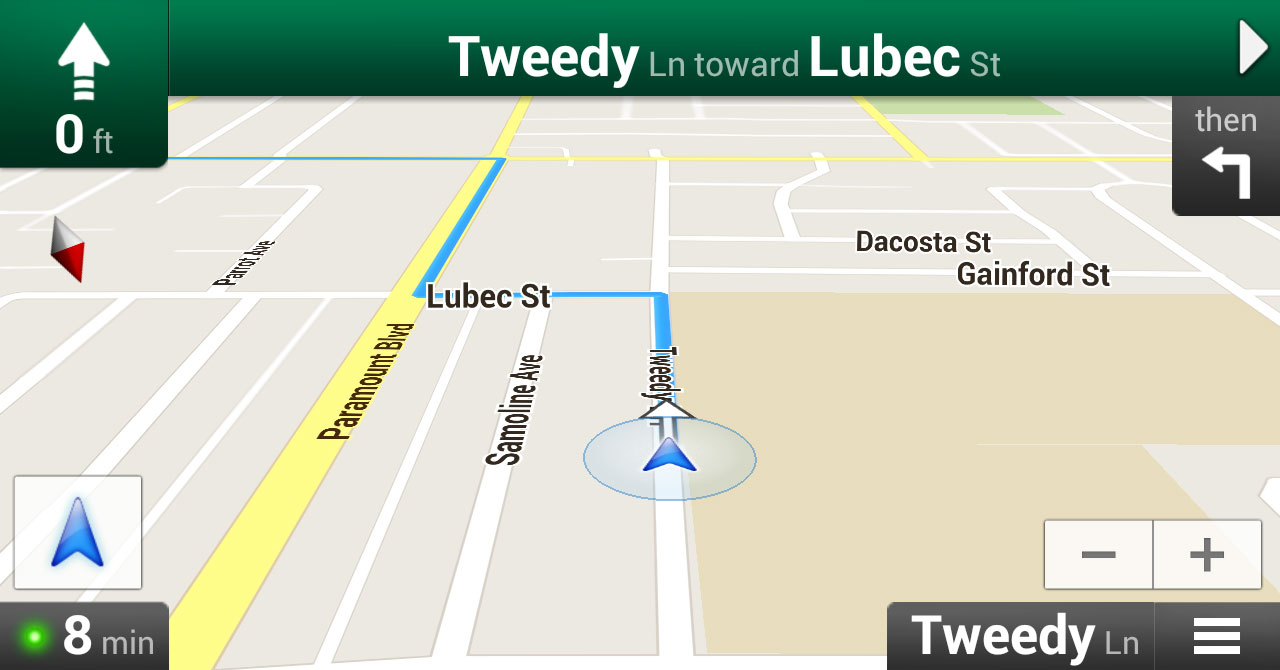
- Easy – Route to Stop 2

- Easy – Route to Final Destination
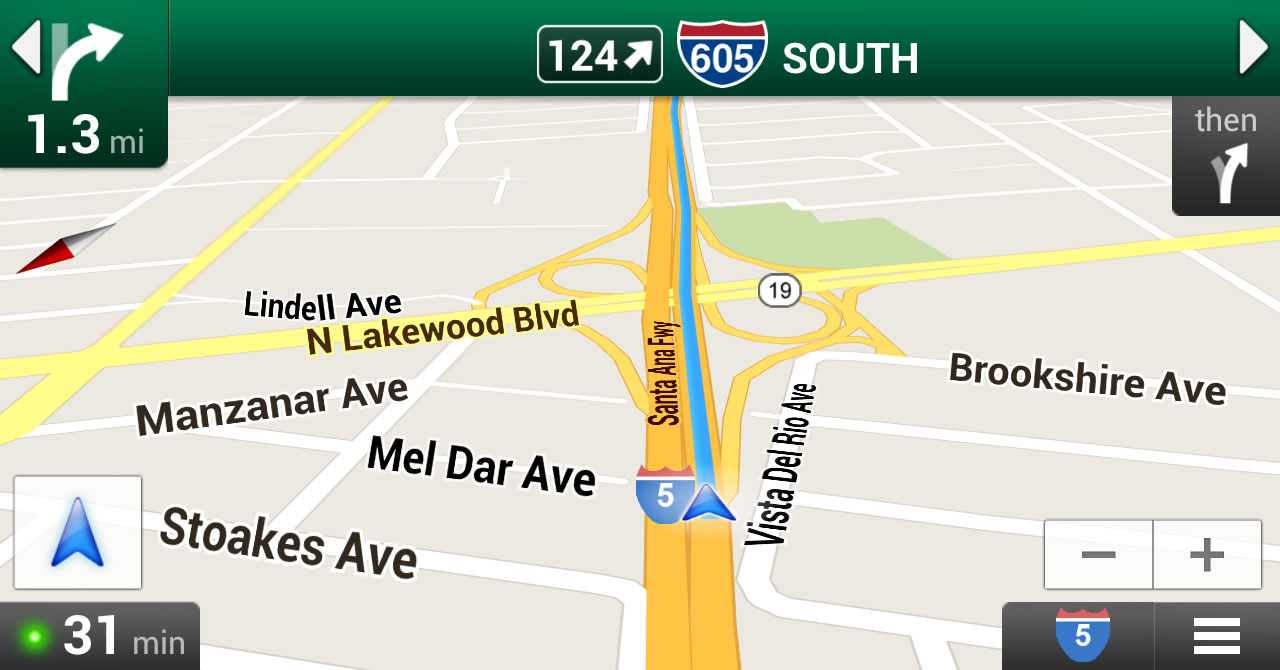
Medium
- Medium – Route to Stop 1
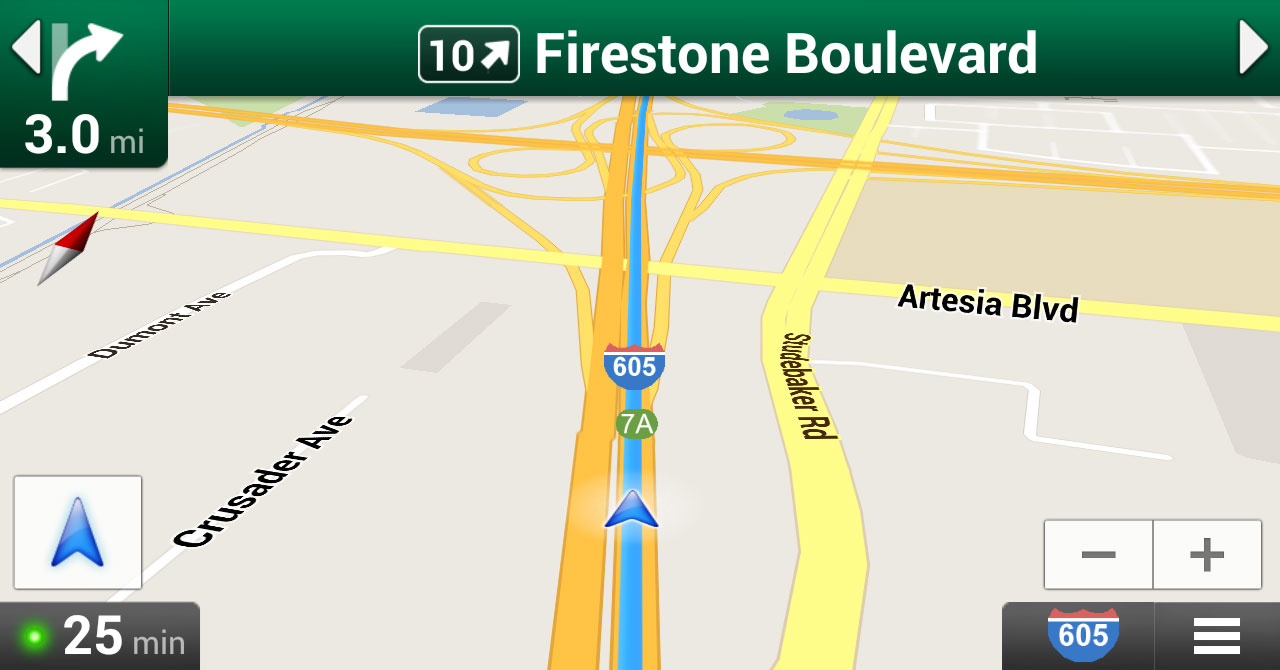
- Medium – Route to Stop 2
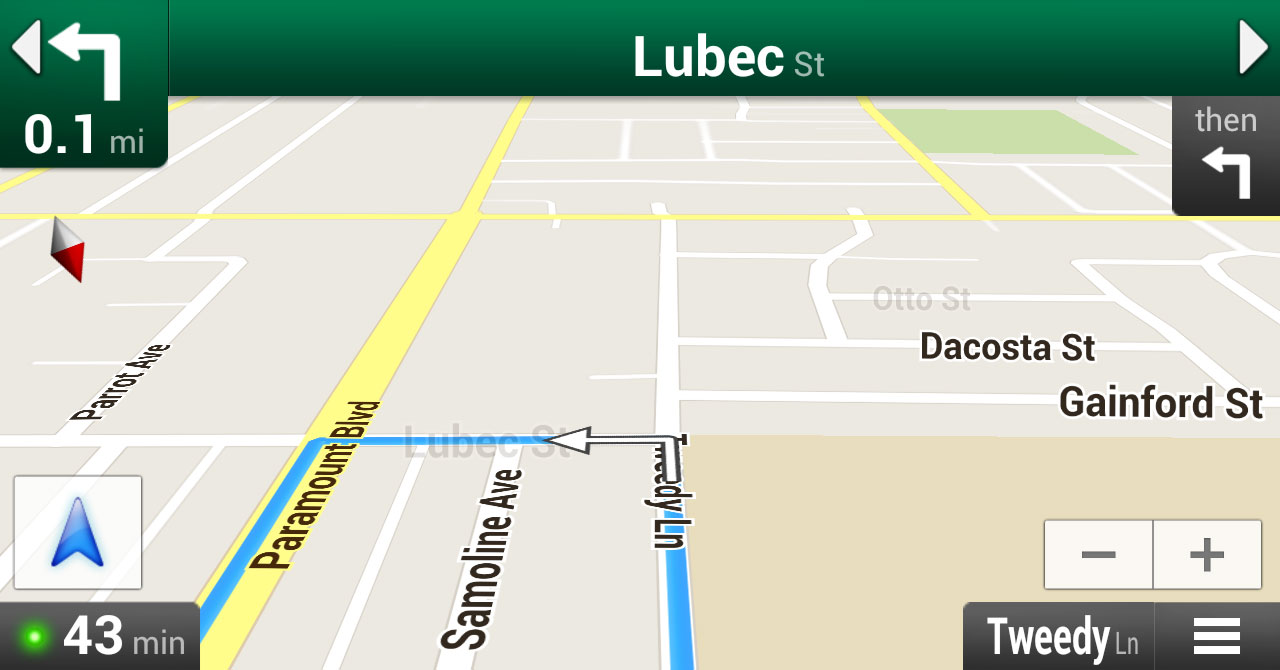
- Medium – Route to Stop 3

- Medium – Route to Final Destination
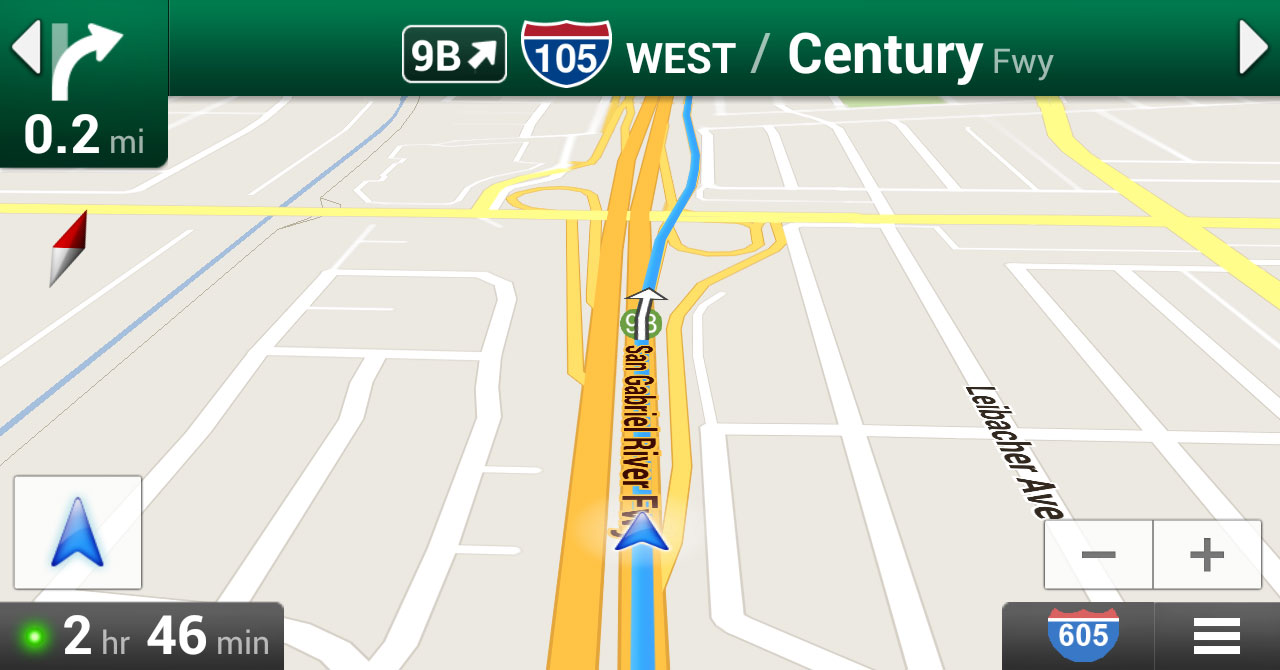
Hard
- Hard – Route to Stop 1
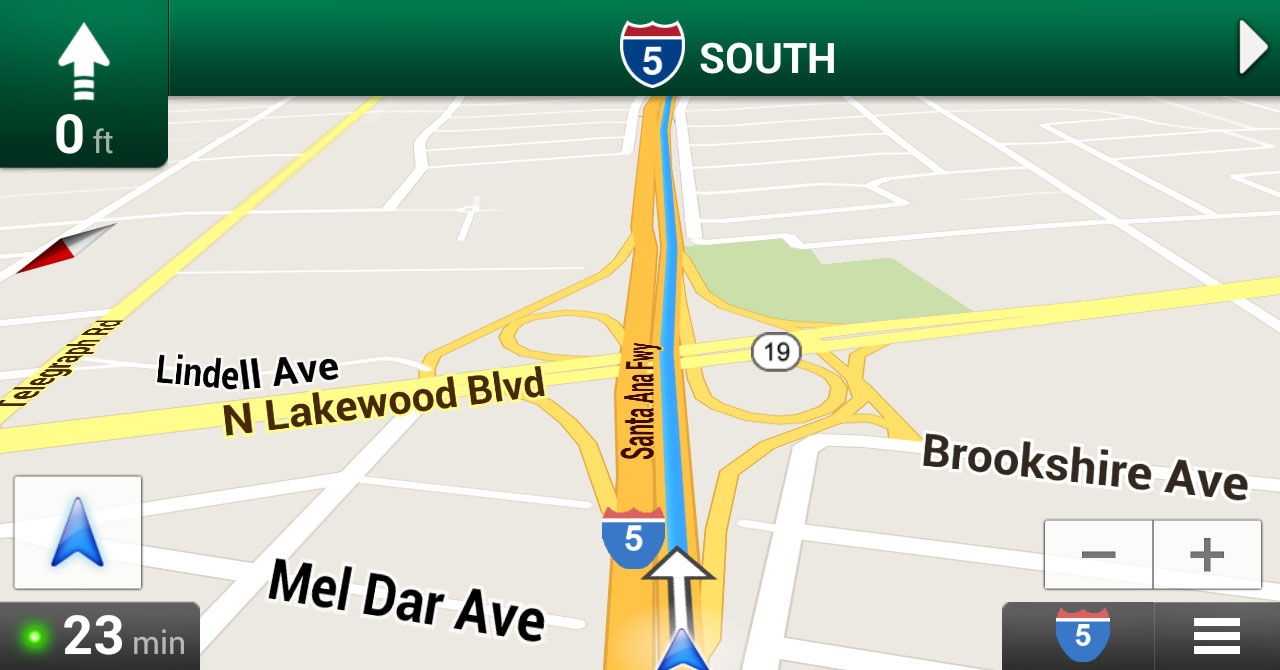
- Hard – Route to Stop 2
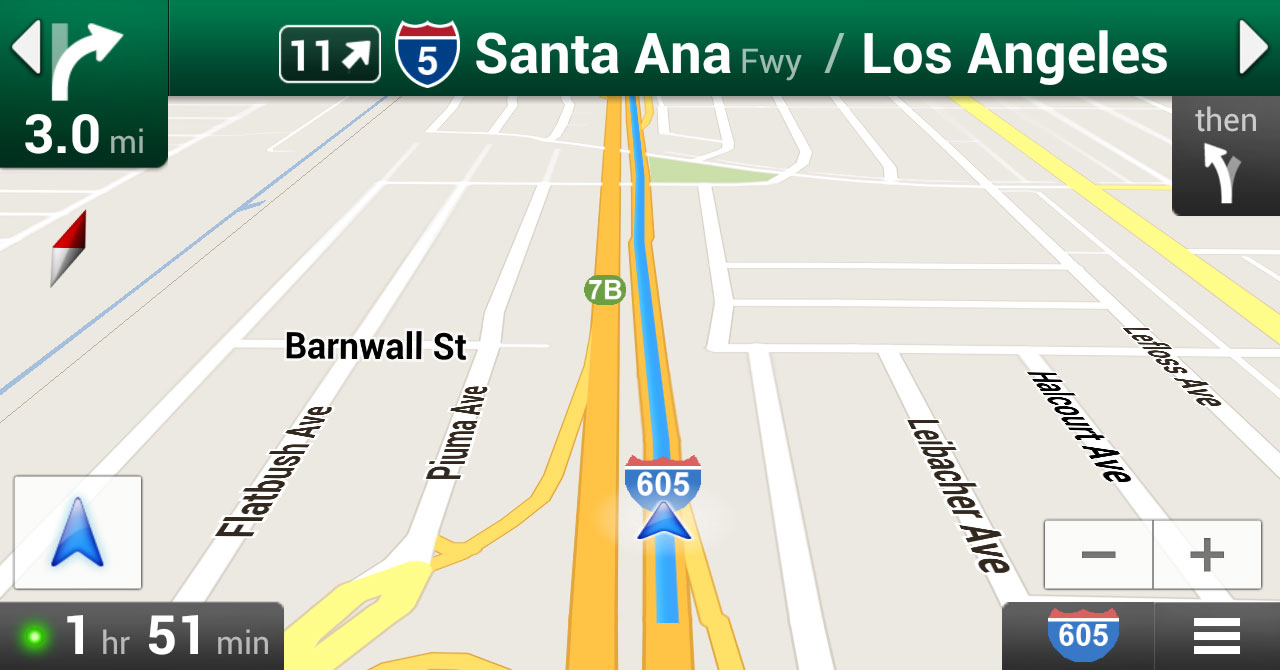
- Hard – Route to Stop 3

- Hard – Route to Final Destination
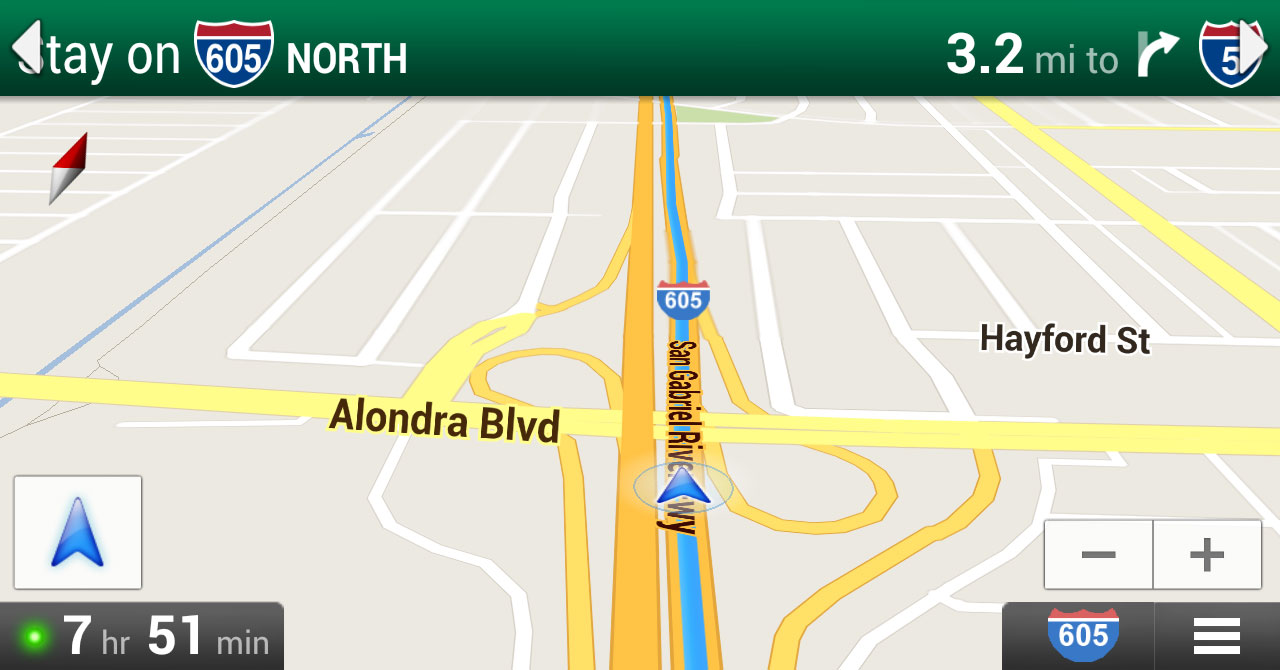
Content Standard(s)
- CCSS 3.MD.1 Tell and write time to the nearest minute and measure time intervals in minutes. Solve word problems involving addition and subtraction of time intervals in minutes, e.g., by representing the problem on a number line diagram.
- CCSS 4.MD.2 Use the four operations to solve word problems involving distances, intervals of time, liquid volumes, masses of objects, and money, including problems involving simple fractions or decimals, and problems that require expressing measurements given in a larger unit in terms of a smaller unit. Represent measurement quantities using diagrams such as number line diagrams that feature a measurement scale.
Source(s)
Download

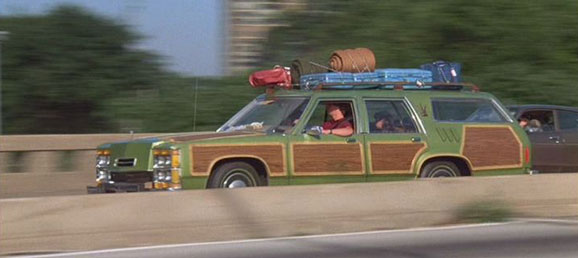

2 Comments